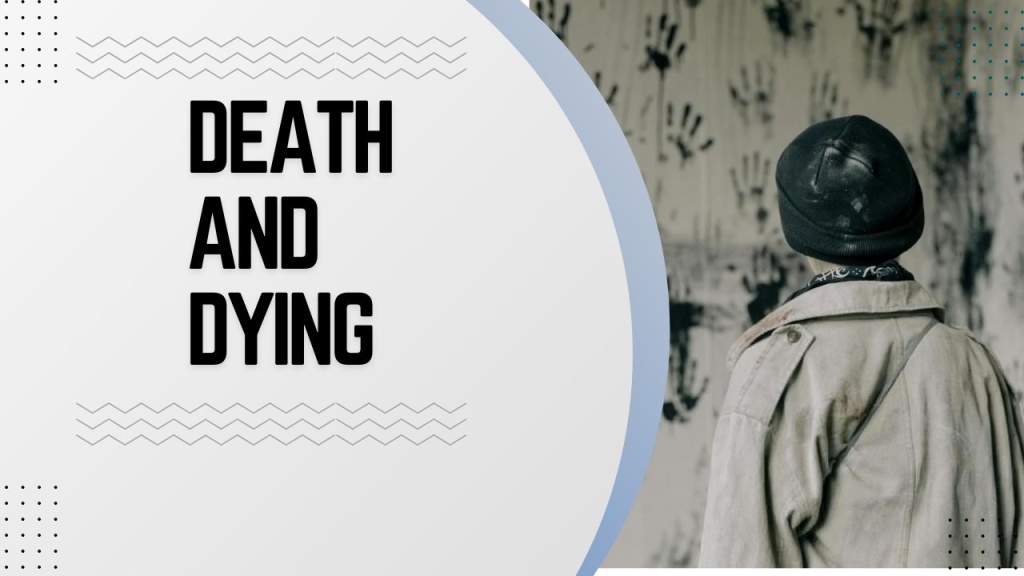Aiming to Help People Learn and Develop
Managers and team leaders need people who are skilled, knowledgeable, and competent in their departments or teams. You may choose able people from within and outside the organization, but they will still have a lot to learn about their jobs after they are appointed.
Likewise, you must ensure that your team members acquire the basic skills they need to perform well, but also that these skills are developed to enable them to perform even more effectively when faced with new demands and challenges. Usually, learning occurs at the workplace, though it can be enhanced by e-learning (delivery and support of learning opportunities via computer, networked, and web-based technology) and formal ‘off-the-job’ training courses.

The responsibility lies with you to ensure that beneficial conditions exist in your area for individuals to learn on the job and to take steps to assist them. Knowing the following information will help you do this job well:
Learners need certain conditions to be able to learn effectively.
-
Learning should be self-managed, which means individuals should be in control of their own learning.
-
Incorporating formal education into the curriculum.
-
Informal learning and development approaches and their advantages and disadvantages;
-
Your role in promoting the learning and development of your department or team.
-
Using coaching, mentoring, learning contracts, and personal development plans as learning and development aids.
-
What to do if you need to instruct someone in a specific task.
A learning environment that promotes effectiveness
Learning is effective when the following conditions are met:
-
A person’s motivation to learn must be strong. If they wish to perform their work to their own and others’ satisfaction, they should increase their level of knowledge, skill, or competence, or improve their attitude and behavior. Consequently, they need a clear understanding of what they should do.
-
Learning goals increase the likelihood of learners achieving successful learning outcomes. Having reasonable and attainable performance standards that they can use to gauge their own progress is critical. Setting their own goals should be encouraged and assisted.
-
In order to learn effectively, learners need feedback on their performance. Although self-motivated individuals may provide much of this for themselves, they should still be given guidance, support, and encouragement when needed – they shouldn’t be left in the dark.
-
In order to gain satisfaction from learning, learners must gain a sense of accomplishment. A learning experience that meets one or more of their needs is most likely to be successful. On the other hand, even the best learning programs can fail if their participants don’t consider them useful.
-
Active learning is more effective than passive learning. In order to learn effectively, learners must take an active role.
-
In order to achieve the best results, appropriate processes and methods must be used. It is important to use these with discrimination according to the needs and learning styles of individuals and groups as there is a large repertoire of them.
-
Various methods of learning should be used. Diverse methods, provided they are all appropriate, help learners learn by engaging their interests.
-
It takes time for learning to be assimilated, evaluated, and accepted. As part of the learning program, this time should be provided.
-
Reinforcement of correct behavior is imperative for the learner. In order to know if they are doing well, learners usually need immediate feedback. The learning process requires intermediate steps that reinforce learning in a prolonged program.
-
Various levels of learning require different methods and take different amounts of time. Basic conditioning and memorization are the keys to understanding at its simplest level. As we learn at a higher level, we adapt our existing knowledge to a novel environment or task. As learning progresses, it becomes more complex when principles are applied to a range of actions or practices, when isolated tasks must be integrated, or when interpersonal skills must be developed. Learning involves the values and attitudes of people and groups, which can be the most complex form of learning.
-
Individual learning should be prioritized, ensuring that it takes place when necessary – “just-for-you” or “just-in-time” learning.

Aiming to Help People Learn and Develop. Managers and team leaders need people who are skilled, knowledgeable, and competent in their departments or teams. Photo Credit – Pexels






